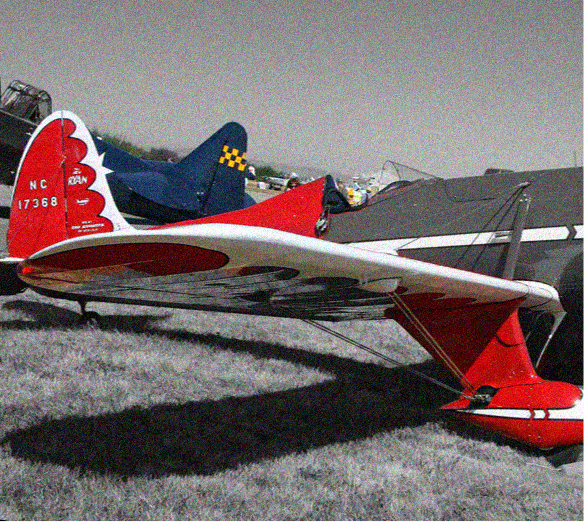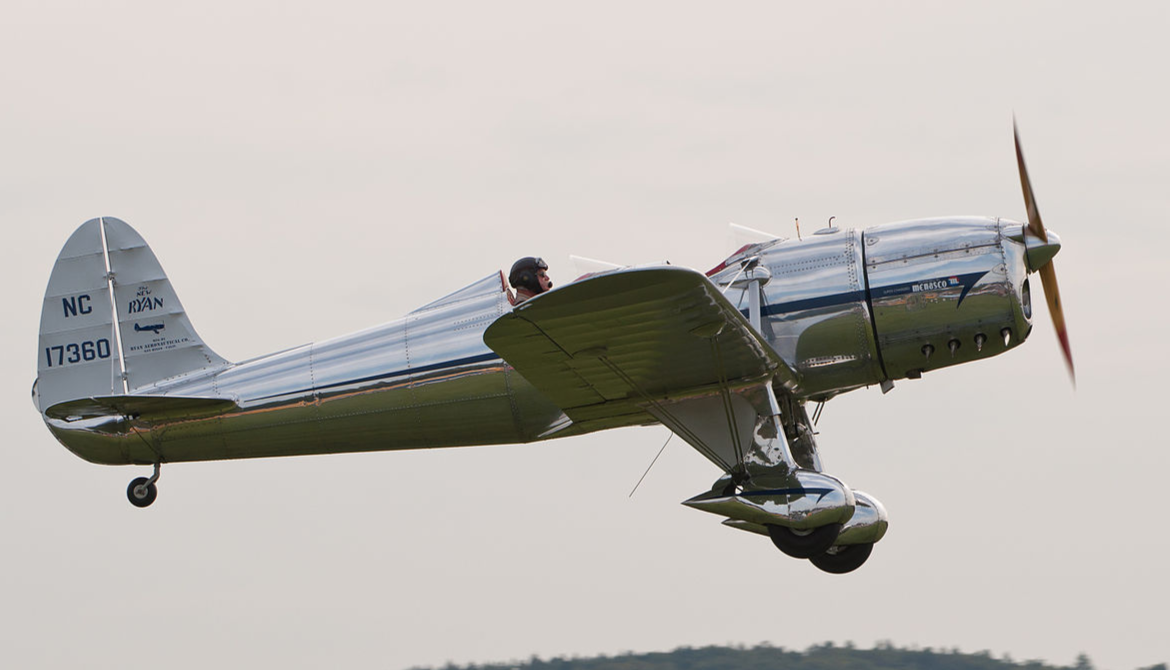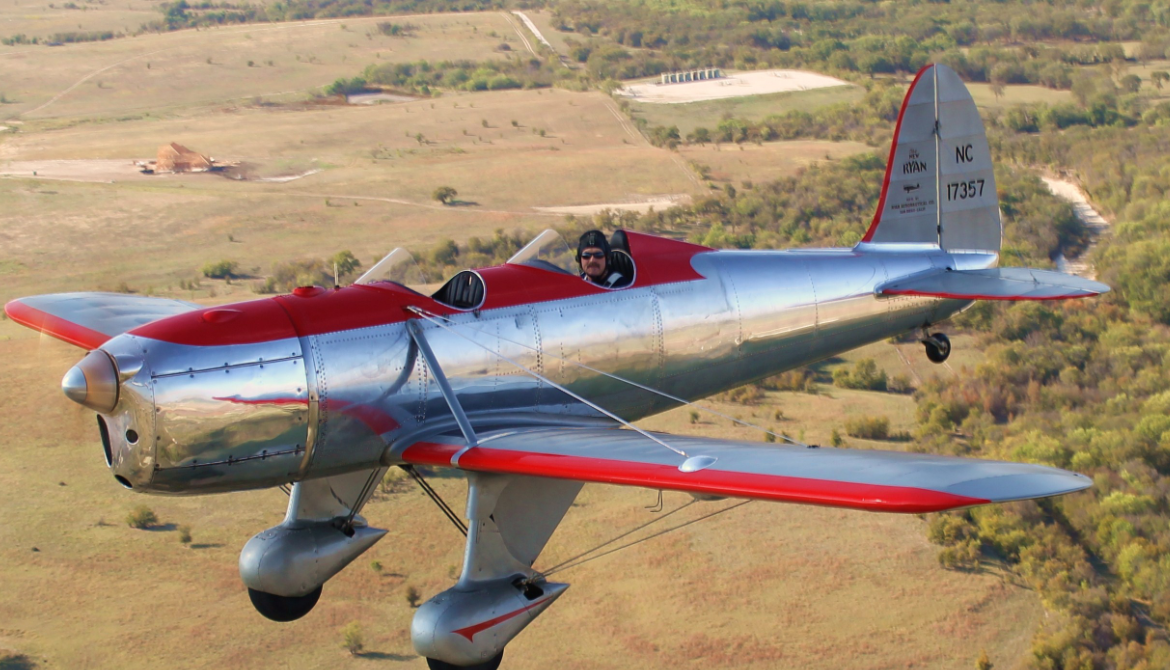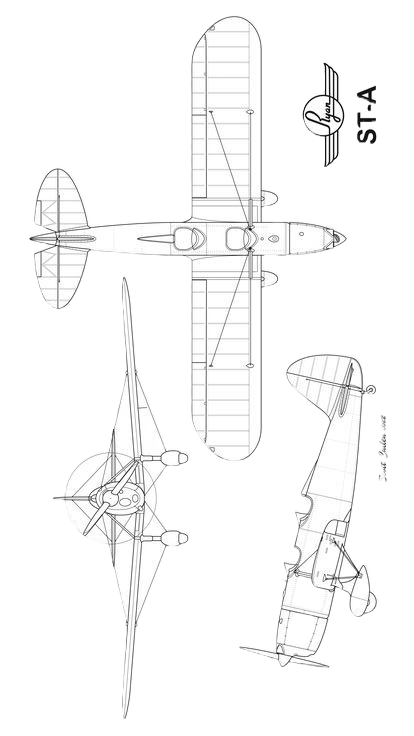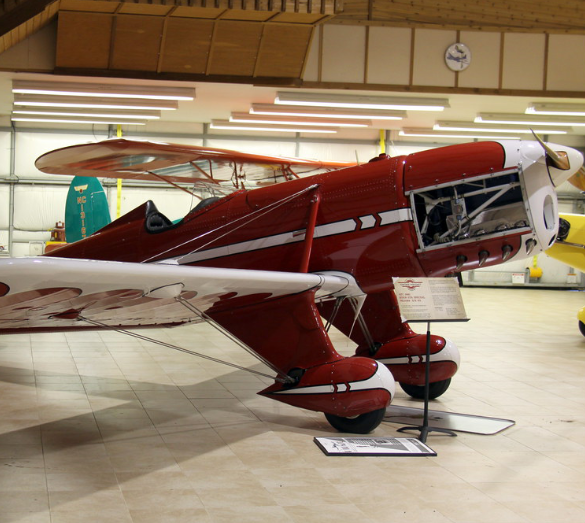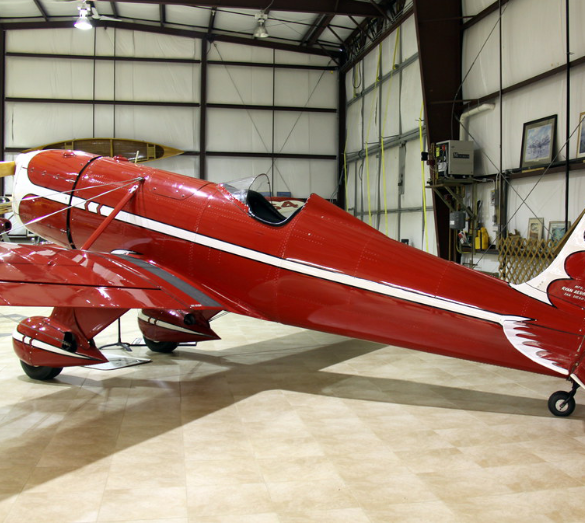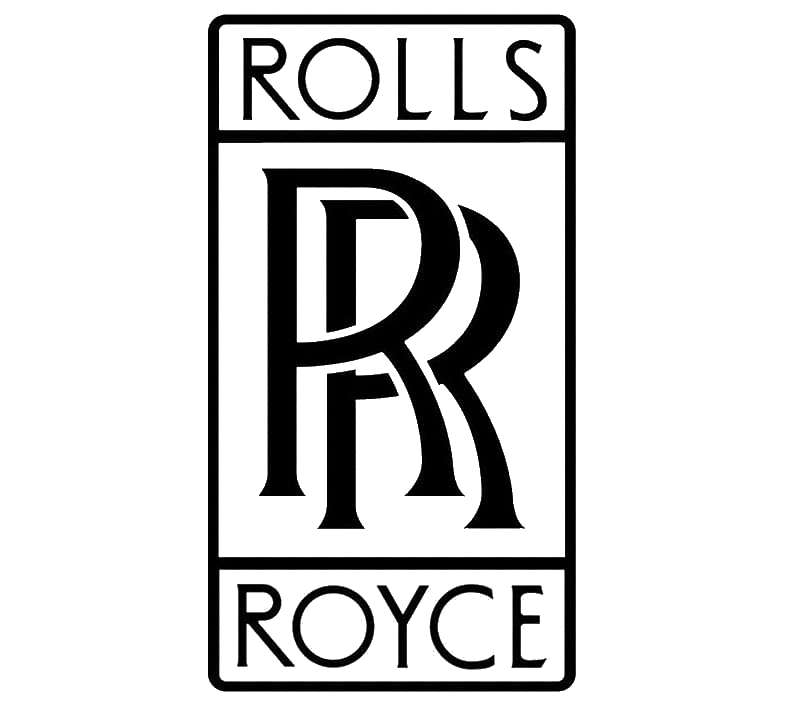Ryan STAs, low-wing monoplane aircraft
 |
|
| General information | |
|---|---|
| Type | Monoplane Trainer |
| Manufacturer | Ryan Aeronautical Company |
| Designer | T. Claude Ryan |
| Status | Production completed |
| Primary users | United States Army Air ForcesNetherlands East Indies Army and Navy Royal Australian Air Force |
| Number built | 1,568 |
| History | |
| Introduction date | 1934 |
| First flight | 8 June 1934 |
| Variants | Ryan PT-22 Recruit |
.
History Ryan Aeronautical Company
The ST-A was further developed as the ST-A Special,
with a super-charged 150HP Menasco C4-S engine of increased power.

Five STs were built, each powered with a 95HP Menasco B4 engine [6] before the follow-on ST-A (A for Aerobatic) was developed with a more powerful 125HP Menasco C4 engine. A single ST-B was produced, this being an ST-A with only one seat and an extra fuel tank where the front cockpit normally was; this aircraft was subsequently converted back to ST-A standard. The ST-A was further developed as the ST-A Special, with a super-charged 150HP Menasco C4-S engine of increased power.
T. Claude Ryan was the founder of the Ryan Aeronautical Company, the second incarnation of a company with this name, and the fourth company with which he had been involved to bear his name (the first, Ryan Airlines, was the manufacturer of the Ryan NYP, more famously known as the Spirit of St. Louis). He began the development of the ST (for "Sport Trainer", and also known as S-T), the first design of the company, in 1933
Development

Ryan PT-22 Recruit at Old Warden 2009 
A U.S. Navy Ryan NR-1 at NAS Jacksonville, 1942
0
KmCeiling
0
KmCombat RANGE
0
Km/hAircraft Speed
0
Max Crew
Photo Gallery
The ST-A was further developed as the ST-A Special, with a super-charged 150HP Menasco C4-S engine of increased power.


The ST-A was further developed as the ST-A Special, with a super-charged 150HP Menasco C4-S engine of increased power.
General Info
-
-
- Crew: one
- Capacity: one passenger
- Length: 21 ft 5 in (6.53 m)
- Wingspan: 29 ft 11 in (9.12 m)
- Height: 6 ft 11 in (2.11 m)
- Wing area: 124 sq ft (11.5 m2)
-
Powerplant
-
- Empty weight: 1,023 lb (464 kg)
- Gross weight: 1,575 lb (714 kg)
- Fuel capacity: 24 US gal (20 imp gal; 91 L)
- Powerplant: 1 × Menasco C4 inverted four-cylinder air-cooled inline-engine, 125 hp (93 kW)
-
Performance
- Maximum speed: 150 mph (240 km/h,
- Cruise speed: 127 mph (204 km/h,
- Stall speed: 42 mph (68 km/h, 36 kn) (with flaps)
- Range: 350 mi (560 km, 300 nmi)
- Service ceiling: 17,500 ft (5,300 m)
Links to Youtube & Others
American aviation in the early 1930’s was heavily influenced by the National Air Races. The popular Greve Race ((550 cubic inch maximum) was dominated by aircraft powered with the air cooled Menasco four cylinder Pirate engines. These inline engines permitted superior streamlining, higher speeds and very sleek designs.
Ryan STs, low-wing monoplane aircraft
In 1939 the US Army Air Corps transitioned from the YPT-16 into the STM-2 which it designated the PT-20.
Youtube Link
T. Claude Ryan gained substantial name recognition when Charles Lindbergh crossed the Atlantic in 1927 in his Ryan Mailplane-based “Spirit of St. Louis”
